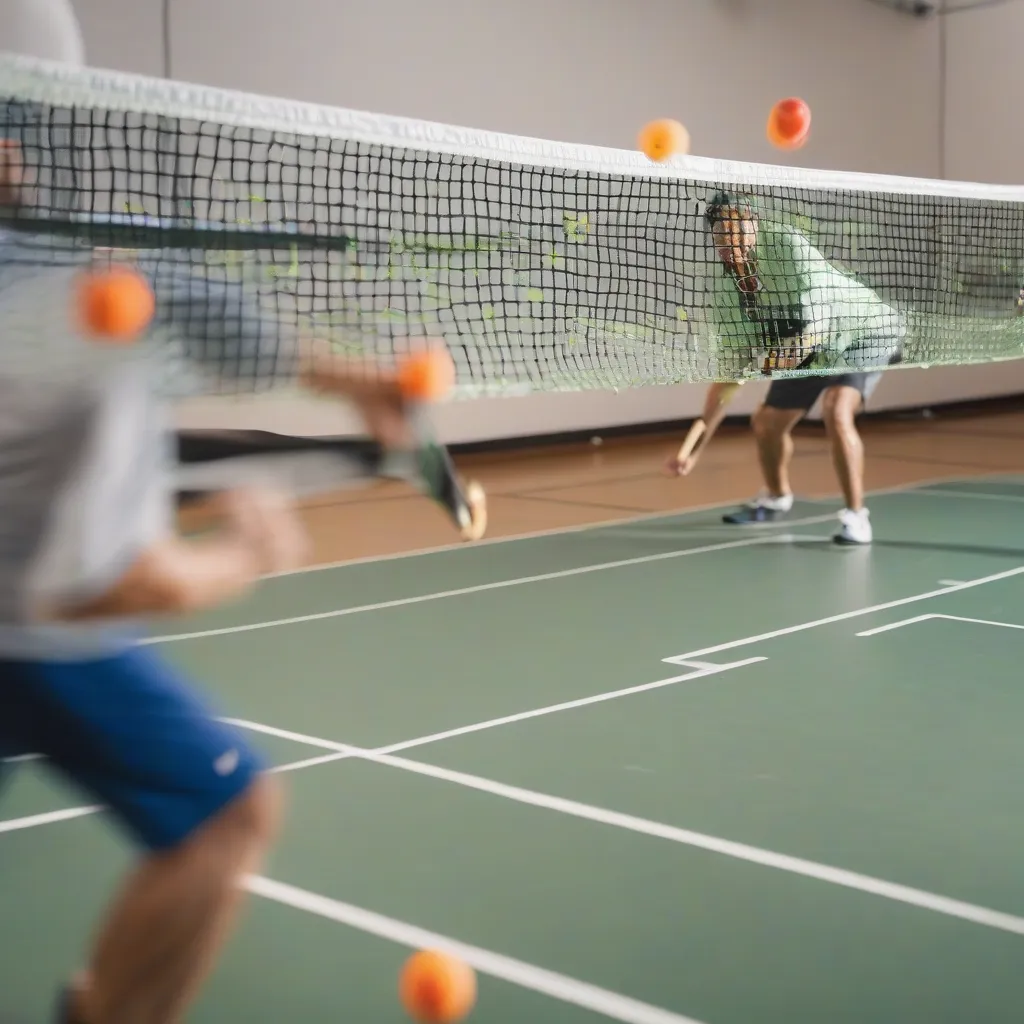Table of Contents
Pickleball Dink Strategy: Introduction to Controlled Shots
Mastering the pickleball dink strategy is essential for controlling the pace of the game and dominating the kitchen. Dinks are soft, controlled shots that land in the non-volley zone (NVZ), forcing your opponent to hit upward and setting you up for a winning shot. This guide covers the top 10 pickleball dink strategy tips to help you enhance your game with precision and finesse.
Why Dinking is Important in Pickleball
Using an effective pickleball dink strategy offers several benefits:
- Control: Dinking allows you to control the pace and positioning of the game.
- Placement: Accurate dinks can place opponents in difficult positions, increasing the chance of winning points.
- Consistency: Mastering dinks leads to fewer errors and more consistent play.
- Setup: Dinks can set up powerful offensive shots and force opponents into making mistakes.
Top 10 Pickleball Dink Strategies
 Pickleball Dink Techniques
Pickleball Dink Techniques
1. Cross-Court Dinks
Cross-court dinks are effective because they cover more distance, giving you more margin for error. Aim to place the ball in the far corner of your opponent’s kitchen to make it difficult for them to return.
2. Straight-Ahead Dinks
Use straight-ahead dinks to keep your opponent honest and maintain pressure. These dinks are directed straight in front of you and require precise control to avoid hitting the net.
3. Soft Dinks
Soft dinks drop just over the net and land softly in your opponent’s NVZ. The goal is to make it challenging for your opponent to attack, forcing them to hit upward.
4. High Dinks
High dinks are lofted shots that give you more time to react and reposition. Use high dinks when you’re out of position or need to reset the rally.
5. Deep Dinks
6. Inside-Out Dinks
7. Angle Dinks
8. Dinking to the Backhand
9. Quick Dinks
10. Fake Dinks
Techniques for Effective Dinking
Implementing the right techniques is crucial for mastering the pickleball dink strategy:
1. Soft Hands
2. Body Position
3. Paddle Angle
4. Follow Through
5. Consistent Practice
Common Mistakes to Avoid in Dinking
Avoid these common mistakes to improve your dinking game:
1. Hitting Too Hard
2. Poor Footwork
3. Inconsistent Paddle Angle
4. Lack of Patience
5. Neglecting Practice
Resources for Further Learning
For more detailed information on pickleball dink strategy, explore these valuable resources:
- Visit the USA Pickleball Association (USAPA) for comprehensive guides and tips.
- Explore instructional videos and articles on Pickleball Central.
- Check out detailed reviews and tutorials on Pickleball Portal.
- Learn from top players and coaches on PickleballMAX.
Conclusion
Mastering the art of dinking is essential for controlling the pace and flow of a pickleball game. By incorporating these top 10 pickleball dink strategy tips into your practice routine, you can enhance your control, consistency, and overall performance on the court. Use this guide to refine your dinking skills and dominate the kitchen with precision and confidence.
Frequently Asked Questions
- Why is dinking important in pickleball? Dinking is important because it allows you to control the pace of the game, place opponents in difficult positions, and set up winning shots.
- How can I improve my dinking technique? Improve your dinking technique by practicing regularly, using a soft grip, maintaining a proper body position, keeping a consistent paddle angle, and following through with your shots.
- What are common mistakes to avoid in dinking? Common mistakes include hitting too hard, poor footwork, inconsistent paddle angle, lack of patience, and neglecting practice.
- Where can I find more information on pickleball dink strategy? Visit the USA Pickleball Association, Pickleball Central, Pickleball Portal, and PickleballMAX websites for comprehensive guides and tips.
- How do I incorporate dinking into my gameplay? Incorporate dinking into your gameplay by practicing different types of dinks, focusing on control and placement, and using dinks strategically to set up offensive shots and force errors from your opponents.